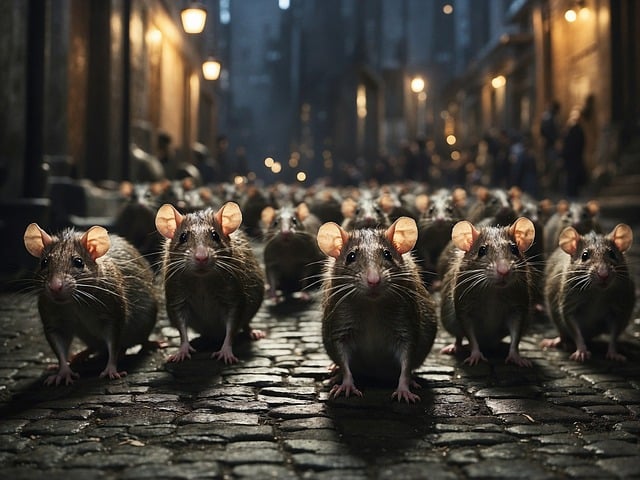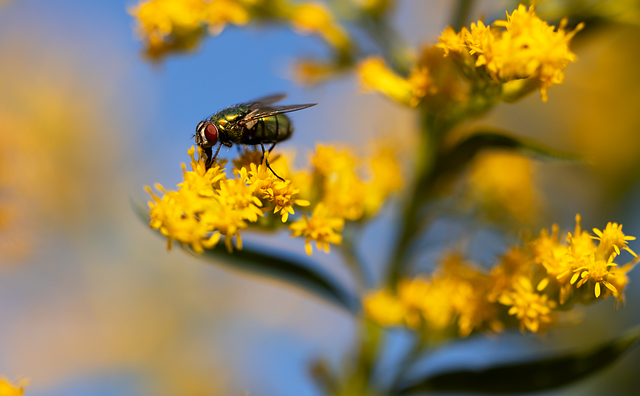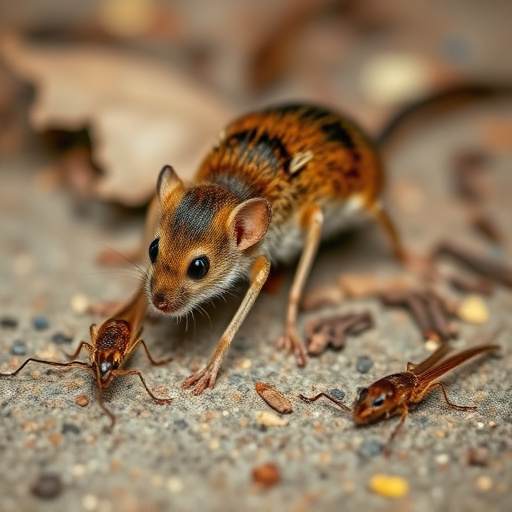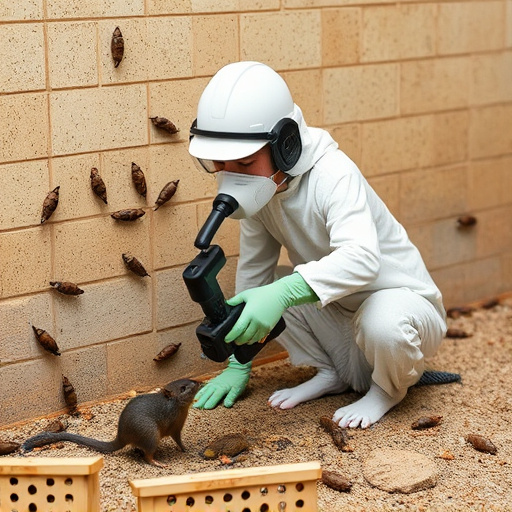Pest control in office environments requires a delicate balance between effective pest management and environmental sustainability. Sustainable pest control services achieve this by implementing Integrated Pest Management (IPM) strategies that favor non-chemical, preventative methods over harmful chemicals. These IPM approaches focus on maintaining cleanliness, sanitation, and structural integrity to deter pests like cockroaches, ants, rodents, and flies. By understanding the behaviors and lifecycles of these pests, professionals can apply targeted, safe, and environmentally friendly control methods such as natural predators, repellents, physical barriers, and adjustments to office environments. These services not only safeguard employee health but also prevent environmental pollution. The best pest control services for offices are proactive, involving regular inspections, monitoring, and maintenance designed for urban settings. They ensure a healthy work environment by using eco-friendly techniques that align with sustainability goals. In summary, sustainable pest control services are essential for maintaining office hygiene and safety without compromising the health of the planet or its inhabitants.
Office environments present unique challenges for maintaining a pest-free space while upholding sustainability. This article delves into sustainable pest control solutions tailored for offices, emphasizing the integration of ecologically sound practices that align with modern environmental consciousness. We will explore the significance of Integrated Pest Management (IPM) and its role in safeguarding workplaces against unwanted intruders. From biological and mechanical preventive measures to the strategic use of physical barriers and natural repellents, we will highlight how these methods can be effectively implemented as part of a comprehensive pest control services strategy. Additionally, we will discuss the importance of ongoing training for employees, collaboration with specialized pest control services, and the necessity of regular audits and inspections to ensure the efficacy of sustainable pest management practices. With insights into successful case studies and an eye on future trends, this article aims to provide a roadmap for integrating eco-friendly pest control solutions in office settings, ensuring a harmonious balance between health, safety, and environmental stewardship.
Understanding Sustainable Pest Control in Office Environments

In office environments, maintaining a balance between pest control and environmental sustainability is crucial for both occupational health and ecological responsibility. Sustainable pest control services prioritize methods that minimize the use of chemical pesticides, opting instead for integrated pest management (IPM) strategies. These approaches focus on pest prevention through cleanliness, sanitation, and maintaining structures in a manner that doesn’t invite pests. By understanding the behaviors, habitats, and life cycles of common office pests such as cockroaches, ants, rodents, and flies, professionals can implement targeted solutions like mechanical or biological controls, which are effective and eco-friendly alternatives to traditional chemical treatments. These measures not only protect the health of employees but also contribute to the reduction of environmental pollution, making sustainable pest control services an indispensable aspect of office maintenance.
Furthermore, sustainable pest control services in offices extend beyond merely reacting to infestations. They involve a proactive and holistic approach that includes regular inspections, monitoring, and maintenance. By understanding the specific challenges of urban settings and the unique aspects of an office environment, these services can tailor their interventions to be as minimally invasive and as effective as possible. This often involves using natural predators or repellents, physical barriers, and environmental modifications that deter pests while ensuring the safety and well-being of all occupants. In doing so, sustainable pest control services play a vital role in preserving the integrity of the office space, promoting a healthy work environment, and supporting broader sustainability goals.

Offices present unique challenges for pest control, as they are environments where humans and pests coexist. Traditional chemical-based pest control services can be disruptive to office operations and potentially harmful to employees. In contrast, sustainable pest control solutions are designed to integrate effectively with the daily functions of an office. These environmentally friendly approaches not only protect human health but also preserve the well-being of non-target species. Sustainable strategies encompass a range of methods from Integrated Pest Management (IPM) to biologically based pest control services that target pests more precisely. By adopting such measures, offices can mitigate infestations while fostering a safe and healthy work environment. These solutions often include the use of natural enemy introductions, habitat modification, and the judicious application of botanical or biochemical substances. Sustainable pest control services are not only beneficial for the occupants and the pests but also contribute to the overall sustainability goals of the office. They ensure that the fight against unwanted pests does not come at the expense of our ecosystems or the health of the individuals within the workspace.
In conclusion, sustainable pest control within office environments is a critical component of eco-friendly facility management. By leveraging integrated pest management (IPM) strategies and employing pest control services that prioritize non-chemical methods, offices can effectively manage pest populations while safeguarding the health of occupants and the surrounding ecosystems. The adoption of proactive and environmentally responsible practices not only aligns with corporate sustainability goals but also contributes to a safer and more productive work setting. Implementing these solutions is a step toward a greener future, demonstrating that pest control can be both efficient and eco-conscious.



